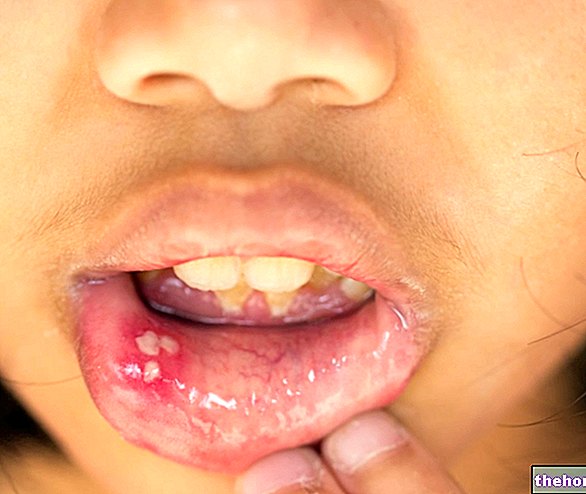Definition and General
In the medical field, when we talk about allodynia, we mean pain caused by a stimulus which, under normal conditions, would be harmless and unable to cause any kind of painful sensation.

- Superficial allodynia that occurs in the skin and mucous membranes; therefore, the perceived pain is, in fact, a superficial pain. This type of allodynia can be differentiated into:
- Mechanical allodynia, caused by non-nociceptive mechanical stimuli, therefore normally not causing pain.
In turn, this form of allodynia can be subdivided into mechanical allodynia static (when it is caused by a slight pressure exerted on the skin) o dynamic (when it is caused by a slight rubbing of the skin itself). - Thermal allodynia, caused by thermal stimuli, whether hot or cold, which are also non-nociceptive.
- Mechanical allodynia, caused by non-nociceptive mechanical stimuli, therefore normally not causing pain.
- Deep allodynia that is perceived, in fact, in the deeper tissues and at the visceral level.
When it comes to allodynia, it is essential that it is not confused with hyperalgesia. These two conditions, in fact, although they can sometimes occur concurrently in the same patient, are very different from each other.
Allodynia, as we have said, consists in the perception of a painful sensation following a harmless stimulus which, normally, should not cause any reaction. Hyperalgesia, on the other hand, consists in the excessive perception of pain following a painful stimulus ; therefore, in case of hyperalgesia we speak of a "hypersensitivity to painful stimuli.
Causes of Allodynia
The mechanism underlying the "onset of" allodynia has not yet been precisely identified and is still the subject of studies and debates, even if the fact that there is an involvement of both nociceptors and mechanoreceptors present throughout the organism , is now a certainty.
However, usually, allodynia does not constitute a pathology in itself, but falls within the symptomatological picture of a disease or other underlying pathological conditions.
Among the various pathologies and conditions whose symptoms may include allodynia, we remember:
- Fibromyalgia syndrome;
- Sensory peripheral neuropathy;
- Complex regional pain syndrome;
- Neuropathic pain;
- Multiple sclerosis;
- Post-herpetic neuralgia;
- Trigeminal neuralgia;
- Migraine and headache.
Treatment
In truth, there is no real cure aimed at combating allodynia as such. Generally - since allodynia is one of the symptoms of underlying diseases or pathological conditions - we proceed with the treatment of the latter, in hope that this symptom will resolve itself or that, at least, be controlled.
However, it has been noted that allodynia is a symptom that can be relieved by the administration of drugs, such as:
- Opioid analgesics, such as tramadol for example;
- Local anesthetics, such as lidocaine
- Antidepressants, such as clomipramine, venlafaxine and duloxetine
- Antiepileptics, such as pregabalin and gabapentin.
Furthermore, it seems that even naproxen (a common non-steroidal anti-inflammatory drug, or NSAID if you prefer), can be a potential and valid aid in the symptomatic treatment of allodynia, in particular, against mechanical and thermal forms of allodynia.
















.jpg)











